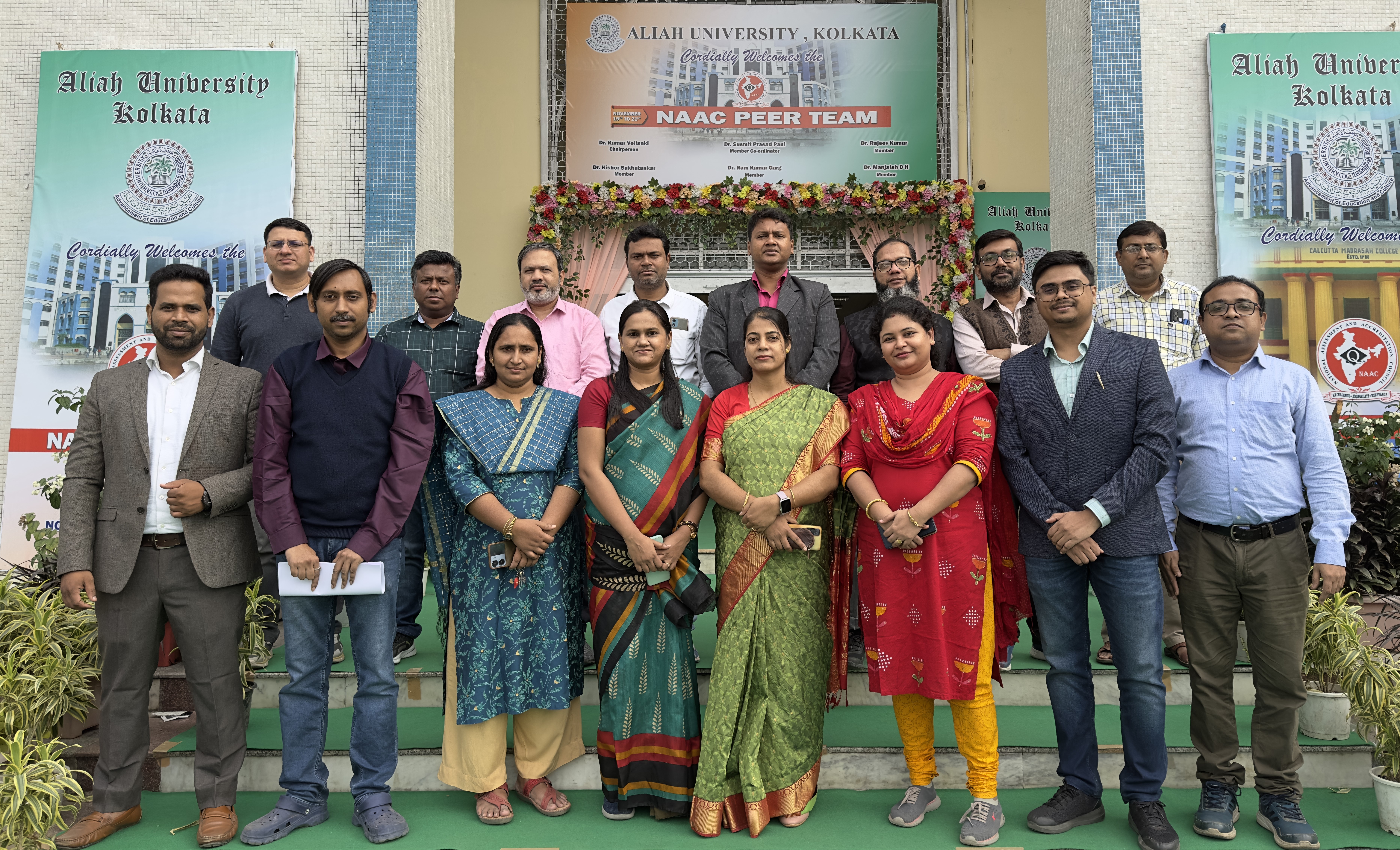- Old Site: old.aliah.ac.in

- The Institute
- Academics
- Departments & Centers
- Admission
- Research
- Examination
- Training&Placement
- Students
- Bulletin
- Contact

Department of
COMPUTER SCIENCE AND ENGINEERING
All right reserved: Aliah University © 2025
Design & Developed by Keyline
Warning: include(common/googleanalytics.php): failed to open stream: No such file or directory in /home/aliahaci/public_html/department/common/footer.php on line 201
Warning: include(): Failed opening 'common/googleanalytics.php' for inclusion (include_path='.:/opt/cpanel/ea-php72/root/usr/share/pear') in /home/aliahaci/public_html/department/common/footer.php on line 201

